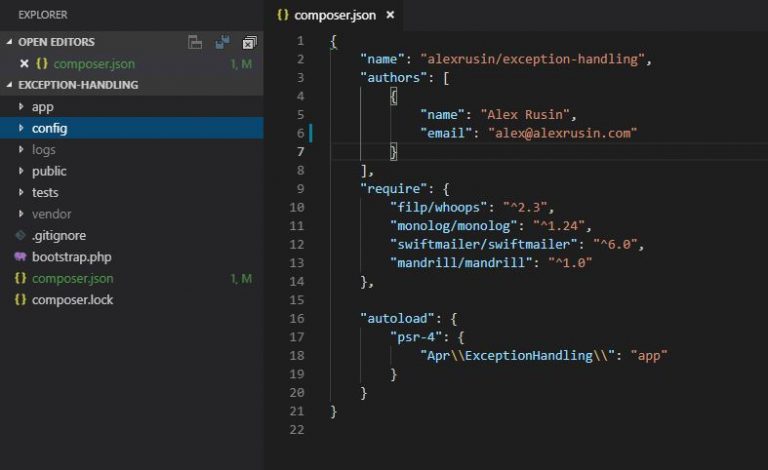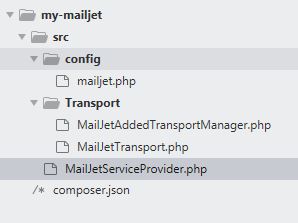Similar Posts
Adding Email Headers in Laravel Application
Adding email headers in Laravel application is quite simple. SwiftMessage can be customized using withSwiftMessage method of Mailable base class: https://laravel.com/docs/8.x/mail#customizing-the-swiftmailer-message However you have to remember to do it every time you create a new “mailable” class. Some mail APIs require you to put a special header each time you send an email. In this…
Extracting SKUs from Shopify Products
Let’s assume we have a use case. We create products at someotherwebsite.com. In the end of each day we want to sync newly created products to Shopify store using API. Each product that we are creating has a unique code to identify it. This code corresponds to Shopify product’s sku. This is how we link…
Laravel Jenkins CI
This article covers installation of Jenkins on Ubuntu server and its usage to continuously integrate a Laravel application. Besides LAMP/LEMP stack we need to install Java, Git, Composer, and Node to successfully use Jenkins. Before starting to install this software, let’s take care of miscellaneous stuff. Miscellaneous (can skip this). Create mysql user and database….

Composer: Path Repositories
When working on a php package it is inconvenient to push the package to github (or other repository) and then wait for the package to update using composer update. For package development, composer has such feature as path repositories. Let’s imagine we have a two folders on the same level: my-app and package. my-app is an app — a test…

Custom Mail Driver for Laravel
Out of the box Laravel supports many mail drivers, such as smtp, sendmail, mailgun, log, array, etc. But what if you wold like to use a mail service that Laravel does not have a driver for, such as Mailjet? You can create a custom driver for that service. This article will describe how to create…